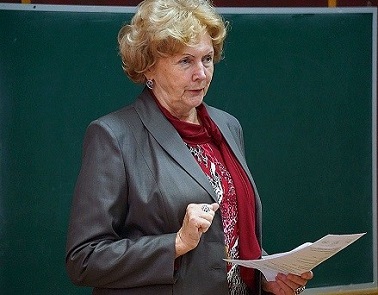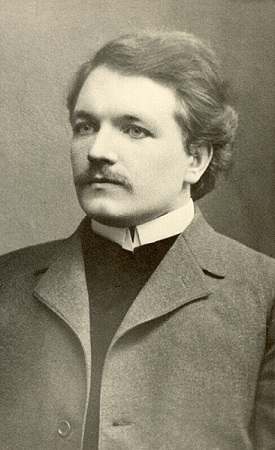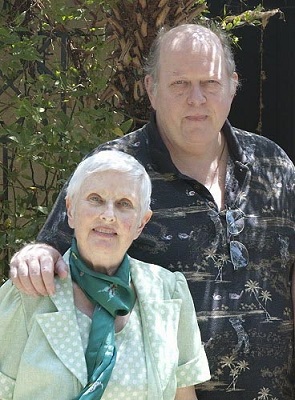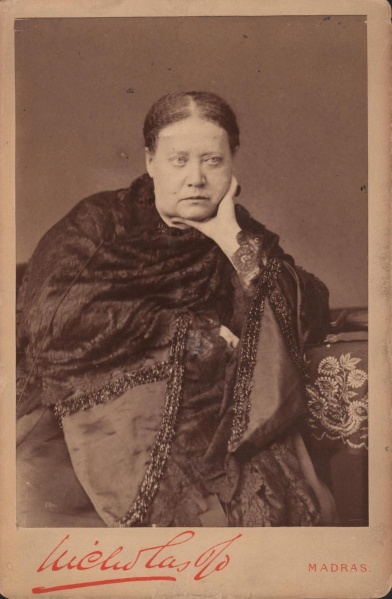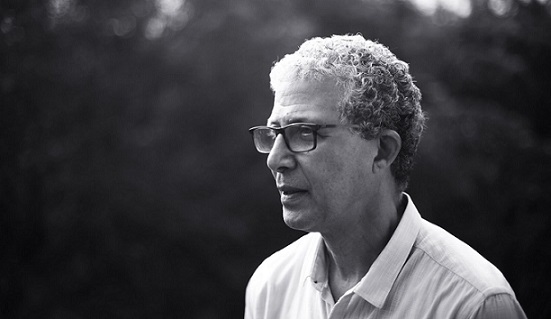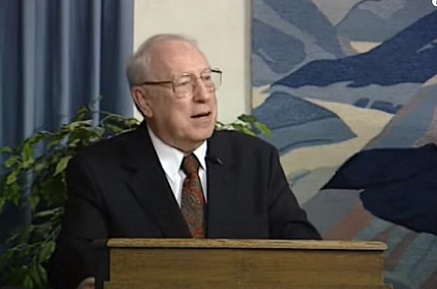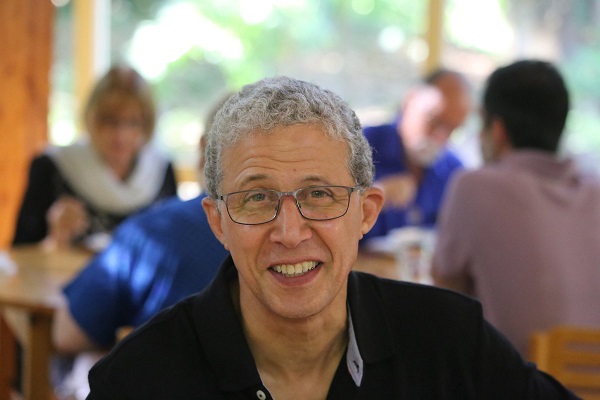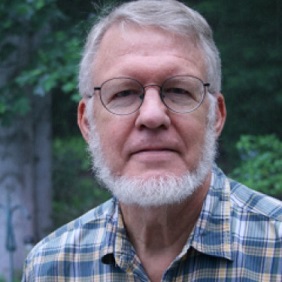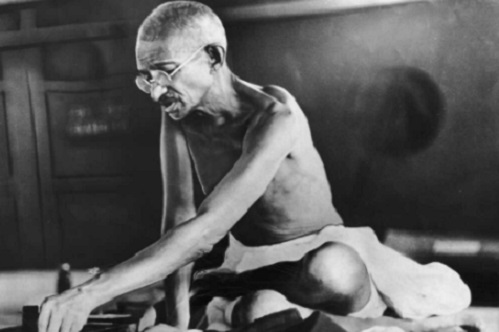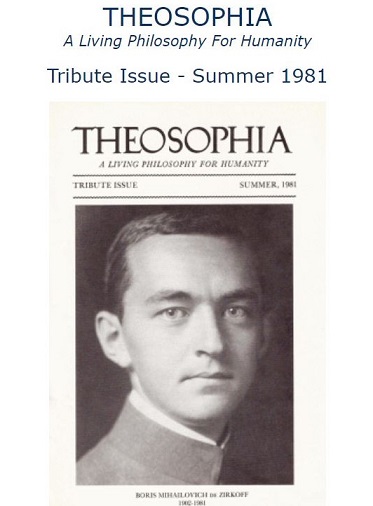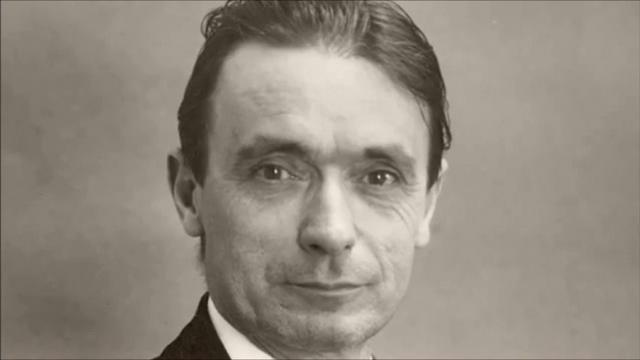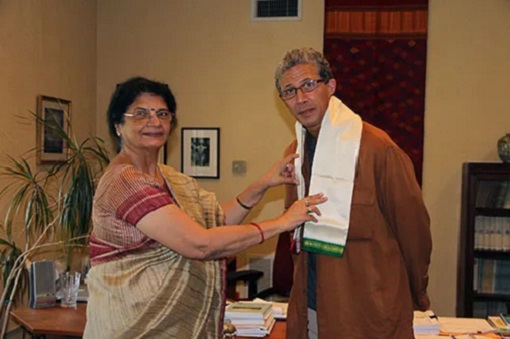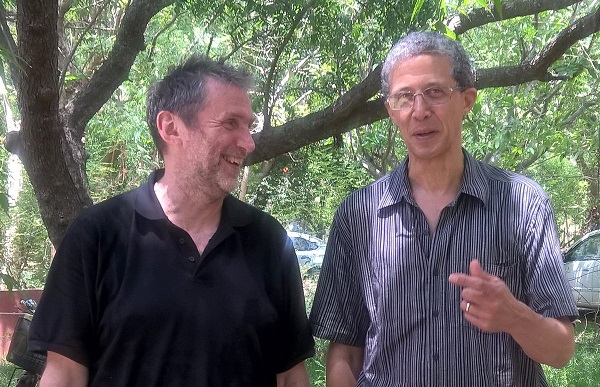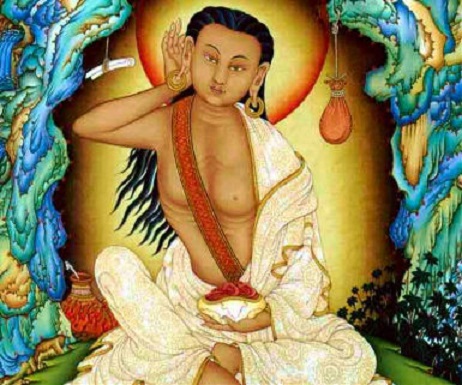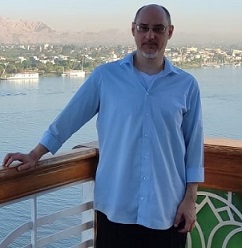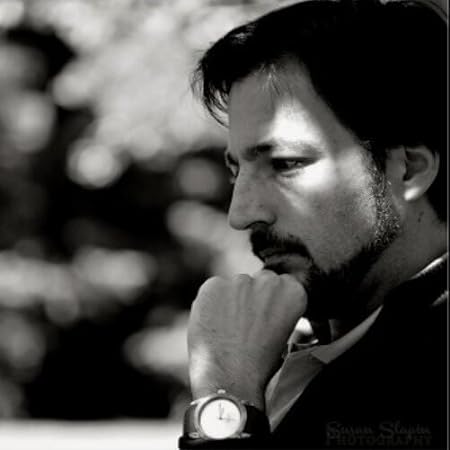Ten People
Tim Boyd – India, USA
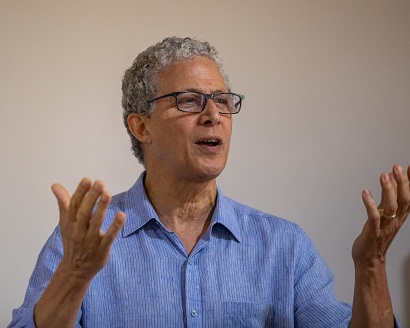
Tim Boyd speaks
I am told that J. Krishnamurti once made the comment that if there were ten people in the world like him, the world would be transformed. Regardless of one’s opinion of Krishnamurti’s history or status as a “World Teacher”, the statement is worth considering. Coming from the mouth of an average person, a normal reaction to hearing such a statement would bring the idea of delusion or extreme boastfulness. “Who does he think he is?” is the question that would arise. Given the more than seven decades of Krishnamurti’s life of teaching and speaking, and the numerous books by him and about him, we have some sense of who he was and what he might have meant. Clearly the ten transformative people he was talking about were not determined by their personalities, circumstances, or popular regard. Although these are the tags most of us normally use to identify ourselves, to him they were meaningless attributes. The “ten people” referred to something deeper. That something is consciousness.

